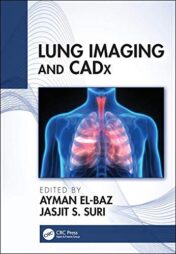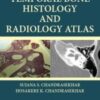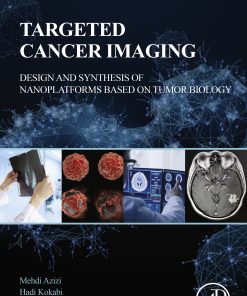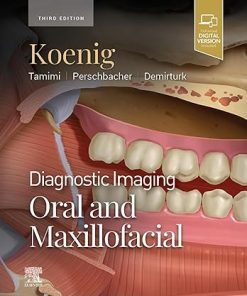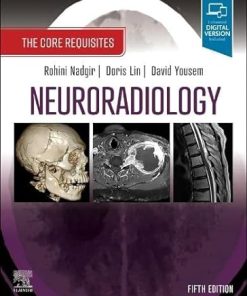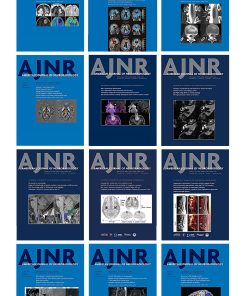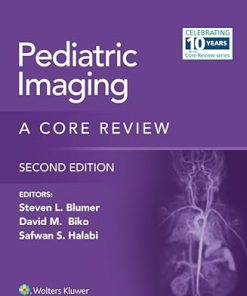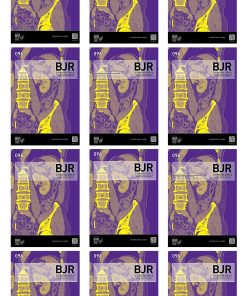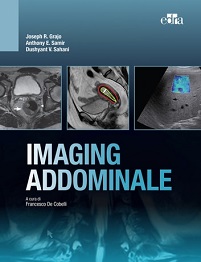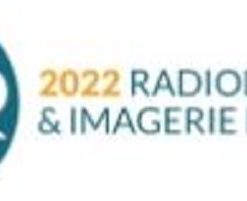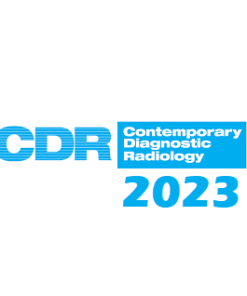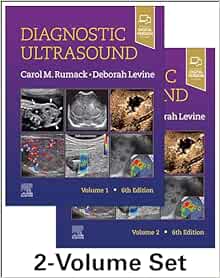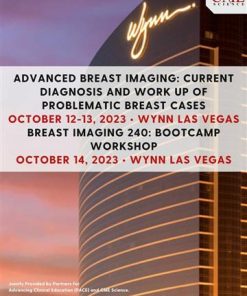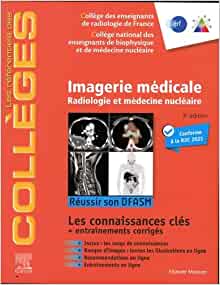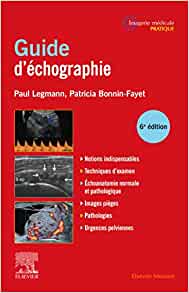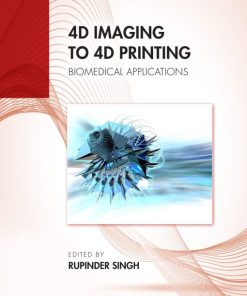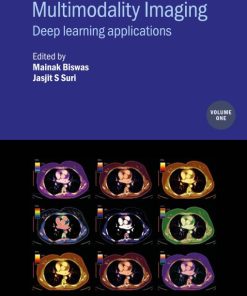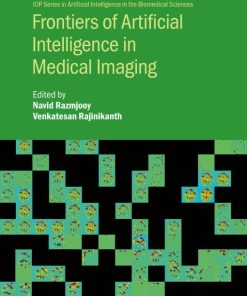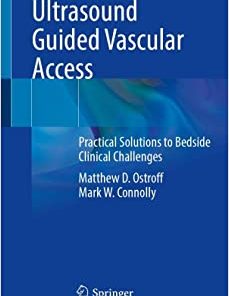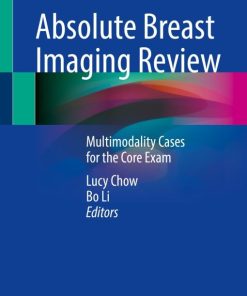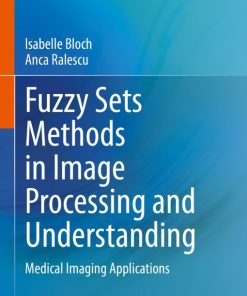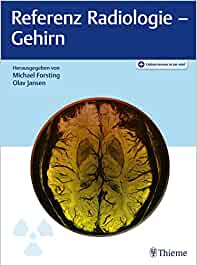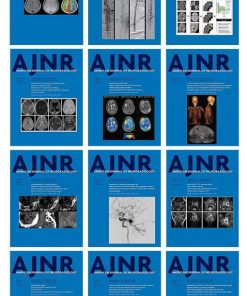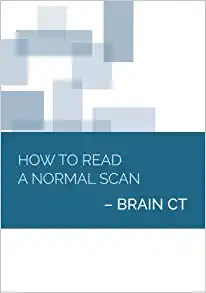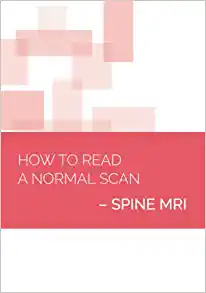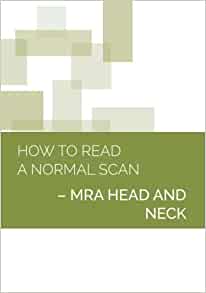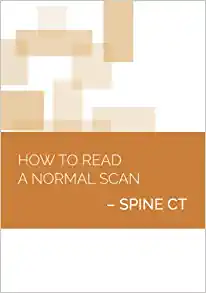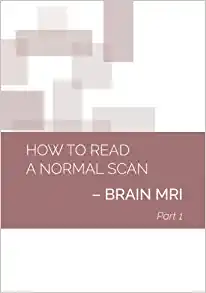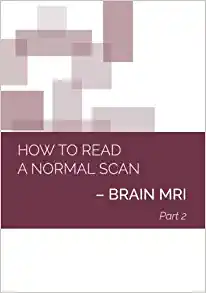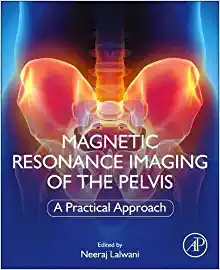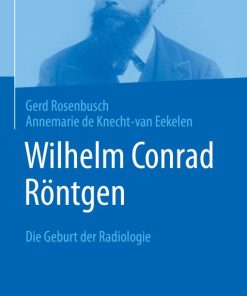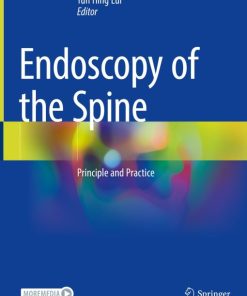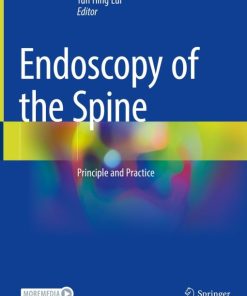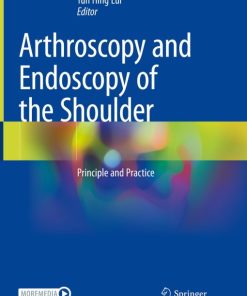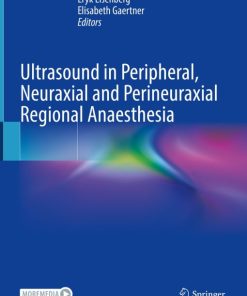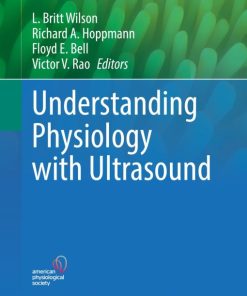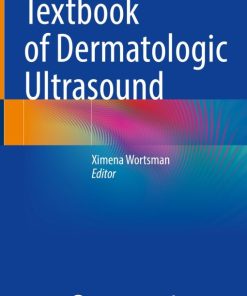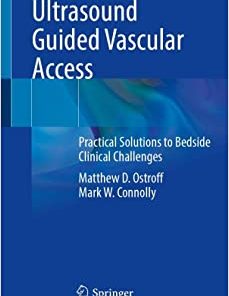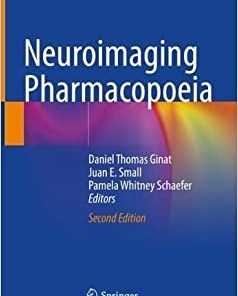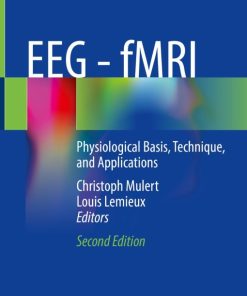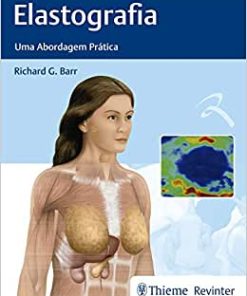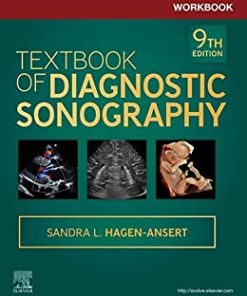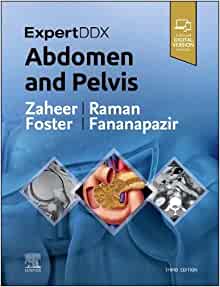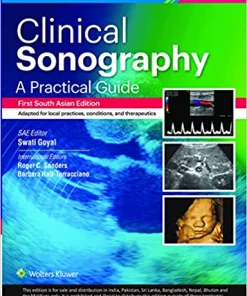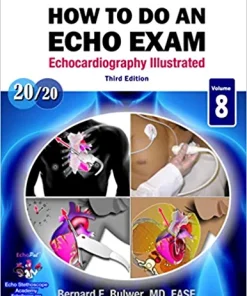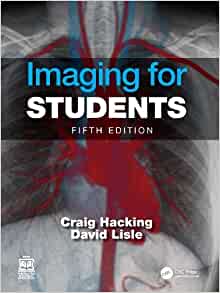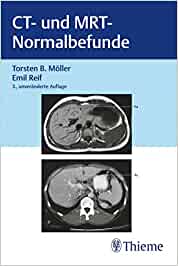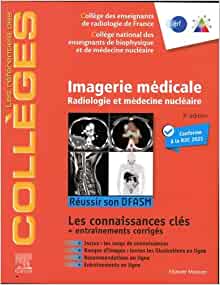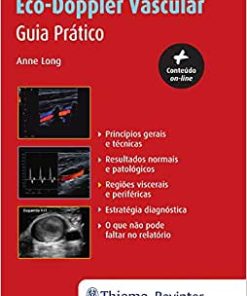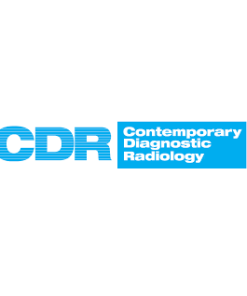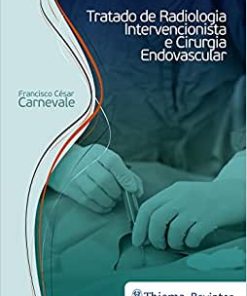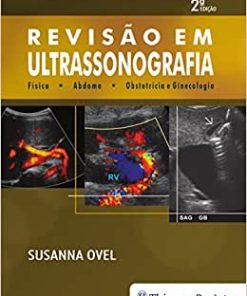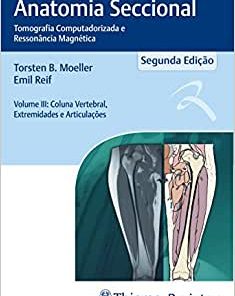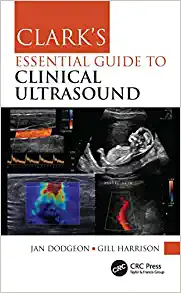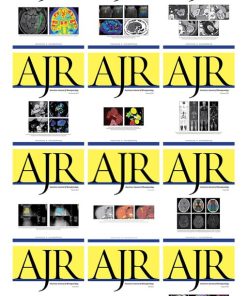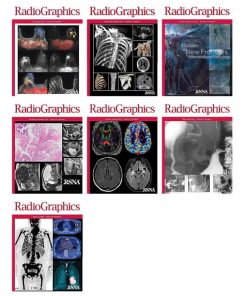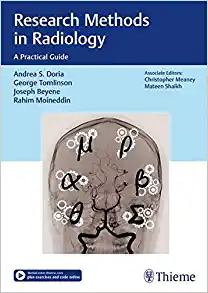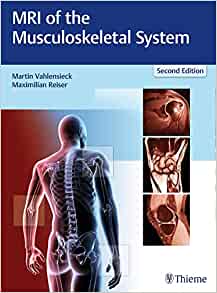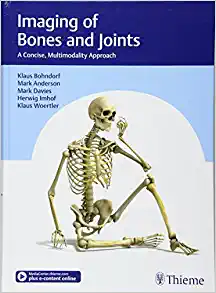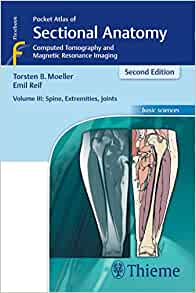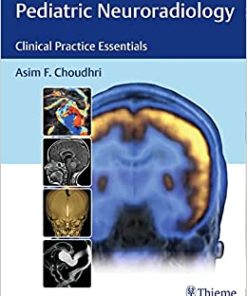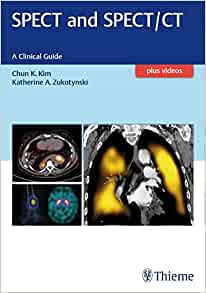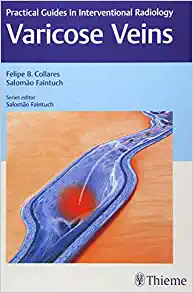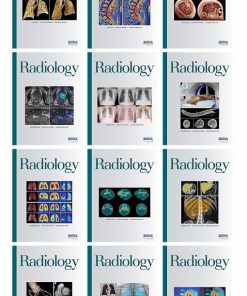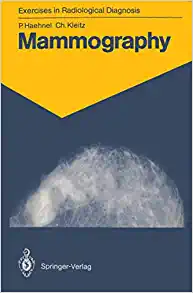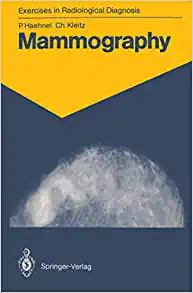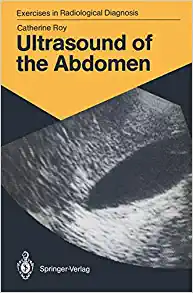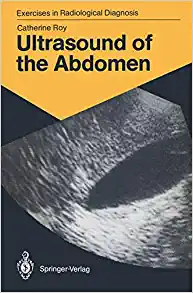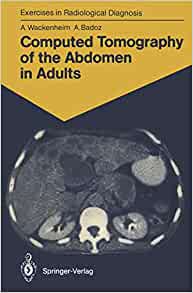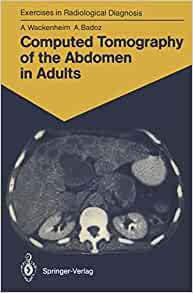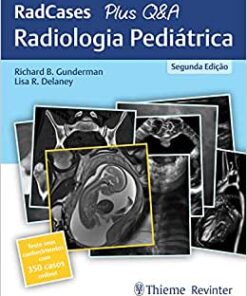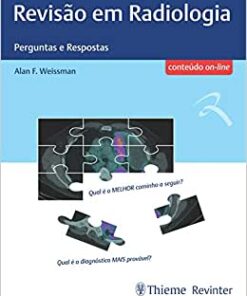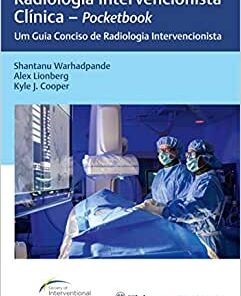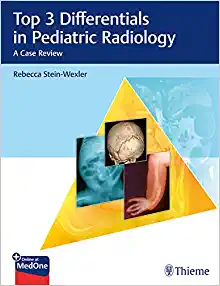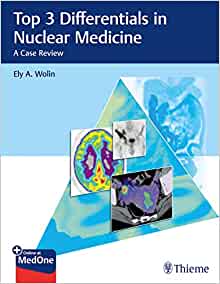Lung Imaging and CADx (PDF)
$9
Lung Imaging and CADx (PDF)
Developing an effective computer-aided diagnosis (CAD) system for lung cancer is of great clinical importance and can significantly increase the patient’s chance for survival. For this reason, CAD systems for lung cancer have been investigated in a large number of research studies. A typical CAD system for lung cancer diagnosis is composed of four main processing steps: segmentation of the lung fields, detection of nodules inside the lung fields, segmentation of the detected nodules, and diagnosis of the nodules as benign or malignant. This book overviews the current state-of-the-art techniques that have been developed to implement each of these CAD processing steps.
-
- Overviews the latest state-of-the-art diagnostic CAD systems for lung cancer imaging and diagnosis
-
- Offers detailed coverage of 3D and 4D image segmentation
-
- Illustrates unique fully automated detection systems coupled with 4D Computed Tomography (CT)
-
- Written by authors who are world-class researchers in the biomedical imaging sciences
-
- Includes extensive references at the end of each chapter to enhance further study
Ayman El-Baz is a professor, university scholar, and chair of the Bioengineering Department at the University of Louisville, Louisville, Kentucky. He earned his bachelor’s and master’s degrees in electrical engineering in 1997 and 2001, respectively. He earned his doctoral degree in electrical engineering from the University of Louisville in 2006. In 2009, he was named a Coulter Fellow for his contributions to the field of biomedical translational research. He has 17 years of hands-on experience in the fields of bio-imaging modeling and noninvasive computer-assisted diagnosis systems. He has authored or coauthored more than 500 technical articles (132 journals, 23 books, 57 book chapters, 211 refereed-conference papers, 137 abstracts, and 27 U.S. patents and disclosures).
is an innovator, scientist, a visionary, an industrialist, and an internationally known world leader in biomedical engineering. He has spent over 25 years in the field of biomedical engineering/devices and its management. He received his doctorate from the University of Washington, Seattle, and his business management sciences degree from Weatherhead School of Management, Case Western Reserve University, Cleveland, Ohio. He was awarded the President’s Gold Medal in 1980 and named a Fellow of the American Institute of Medical and Biological Engineering for his outstanding contributions in 2004. In 2018, he was awarded the Marquis Life Time Achievement Award for his outstanding contributions and dedication to medical imaging and its management.
Related Products
Radiology Books
American journal of Neuroradiology 2023 Full Archives (True PDF)
Radiology Books
Radiology Books
Radiology Books
American Journal of Roentogelogy 2023 Full Archives (True PDF)
Radiology Books
Contemporary Diagnostic Radiology 2023 Full Archives (True PDF)
Radiology Books
Radiology Books
Advances in Medical Imaging, Detection, and Diagnosis (EPUB)
ORTHOPAEDICS SURGERY
PLASTIC & RECONSTRUCTIVE SURGERY
The Aesthetic Society Nuances in Injectables The Next Beauty Frontier 2022
Radiology Books
Radiology Books
Radiology Books
Tumor Imaging: CT Colonography Online Course 2022 (CME VIDEOS)
Radiology Books
Radiology Books
Radiology Books
Radiology Books
Multimodality Imaging, Volume 1 (Original PDF from Publisher)
Radiology Books
Absolute Breast Imaging Review (Original PDF from Publisher)
Radiology Books
Radiology Books
American journal of Neuroradiology 2022 Full Archives (True PDF)
Radiology Books
How to Read a Normal Scan : Brain CT (High Quality Image PDF)
Radiology Books
How to read a Normal Scan: Spine MRI (High Quality Image PDF)
Radiology Books
How to Read a Normal Scan : SPINE CT (High Quality Image PDF)
Radiology Books
Radiology Books
Fuzzy Sets Methods in Image Processing and Understanding (EPUB)
Radiology Books
Radiology Books
Radiology Books
Radiology Books
Radiology Books
Imaging for Students, 5th Edition (Original PDF from Publisher)
Radiology Books
Radiology Books
Eco-Doppler Vascular: Guia Prático (Original PDF from Publisher)
Radiology Books
Contemporary Diagnostic Radiology 2021 Full Archives (True PDF)
Radiology Books
American Journal of Roentogelogy 2022 Full Archives (True PDF)
Radiology Books
Radiology Books
Radiology Books
Radiology Books
Radiology Books
Top 3 Differentials in Pediatric Radiology: A Case Review (EPUB)
Radiology Books
Top 3 Differentials in Nuclear Medicine: A Case Review (EPUB)

